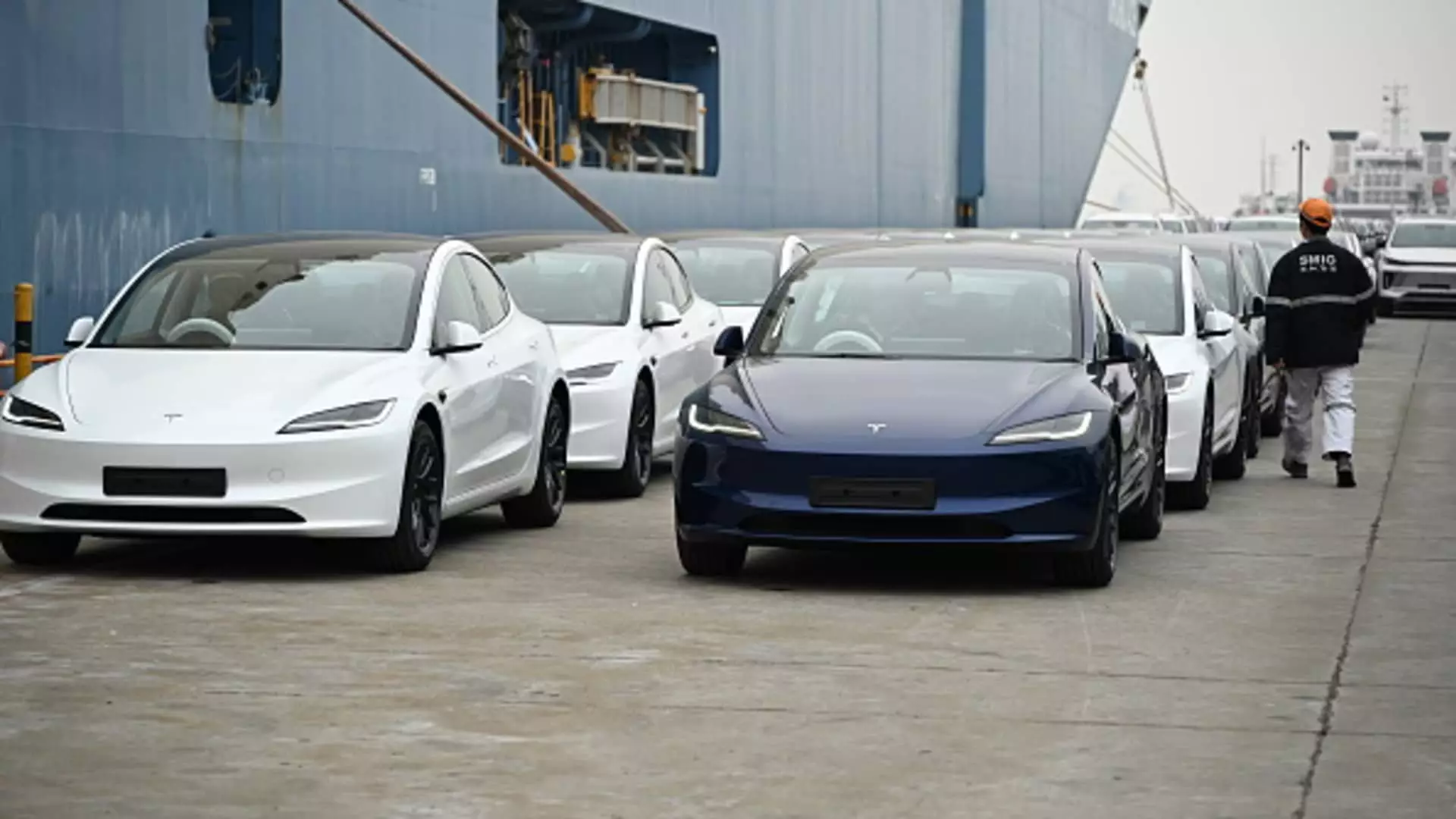In the first quarter of 2024, Tesla faced a myriad of challenges that impacted both its production and deliveries. The decline in volumes was attributed to various factors, such as the early phase of the production ramp of the updated Model 3 at the Fremont factory. Additionally, factory shutdowns occurred due to shipping diversions caused by the Red Sea conflict and an arson attack at Gigafactory Berlin. These external disruptions had a significant impact on Tesla’s ability to meet delivery targets and maintain consistent production levels.
One of the key factors affecting Tesla’s performance in the first quarter was the increased competition in the global electric vehicle market. In China, Tesla faced strong competition from domestic EV makers like BYD and newcomer Xiaomi. The onslaught of competition forced Tesla to reduce production of its Model 3 and Model Y at its Shanghai plant and adjust workers’ schedules to cope with the changing market dynamics. This intense competition in one of the largest EV markets in the world posed a significant challenge for Tesla, impacting its sales and overall performance in the region.
Tesla’s newest model, the Cybertruck, received mixed reviews in the U.S. market, where it was first introduced for sale in small numbers in December the previous year. The angular pickup design and innovative features of the Cybertruck did not resonate well with all consumers, leading to slower-than-expected sales figures. Despite offering discounts and incentives to drive sales volume, Tesla faced difficulties in promoting its latest product effectively. This poses a challenge for Tesla as it seeks to expand its product portfolio and appeal to a wider range of customers in the competitive EV market.
Following the release of Tesla’s first-quarter production and deliveries report, the company’s shares dropped approximately 6.5%. This decline in stock value reflects the market’s response to Tesla’s performance in the first quarter, which fell below analyst estimates. Despite efforts to communicate with investors and provide a consensus on delivery expectations, Tesla faced challenges in meeting market expectations and maintaining investor confidence. The drop in share value and the company’s scheduled earnings call indicate a need for Tesla to address investor concerns and provide clarity on its future strategies and performance metrics.
Tesla’s first-quarter vehicle production and deliveries report highlight the challenges faced by the company in a competitive global market. External disruptions, increased competition, and market response to new product launches have all contributed to Tesla’s performance in the first quarter. Moving forward, Tesla will need to reevaluate its production strategies, navigate the changing market landscape, and address investor concerns to sustain its growth and competitive position in the electric vehicle industry.


Leave a Reply